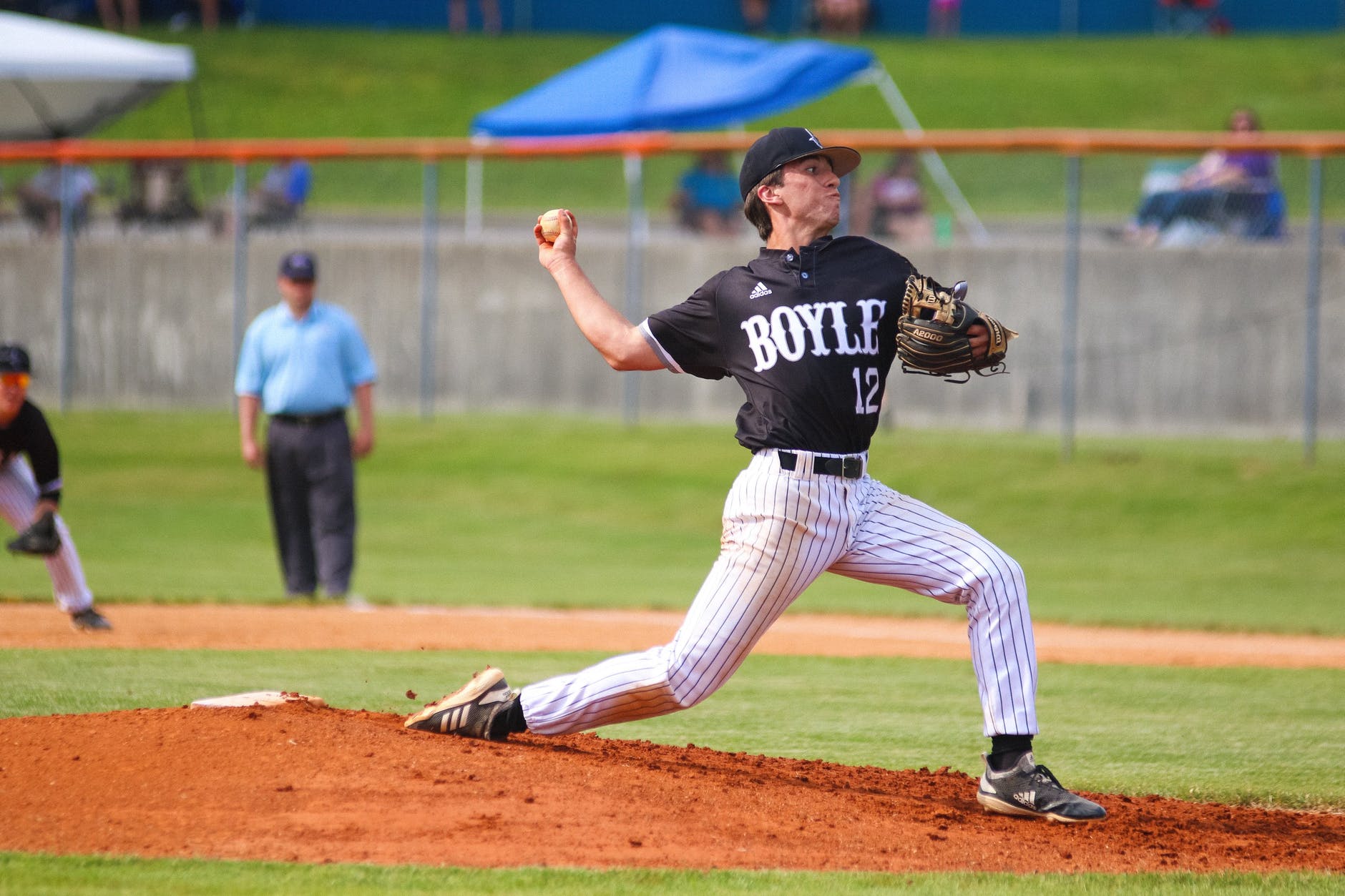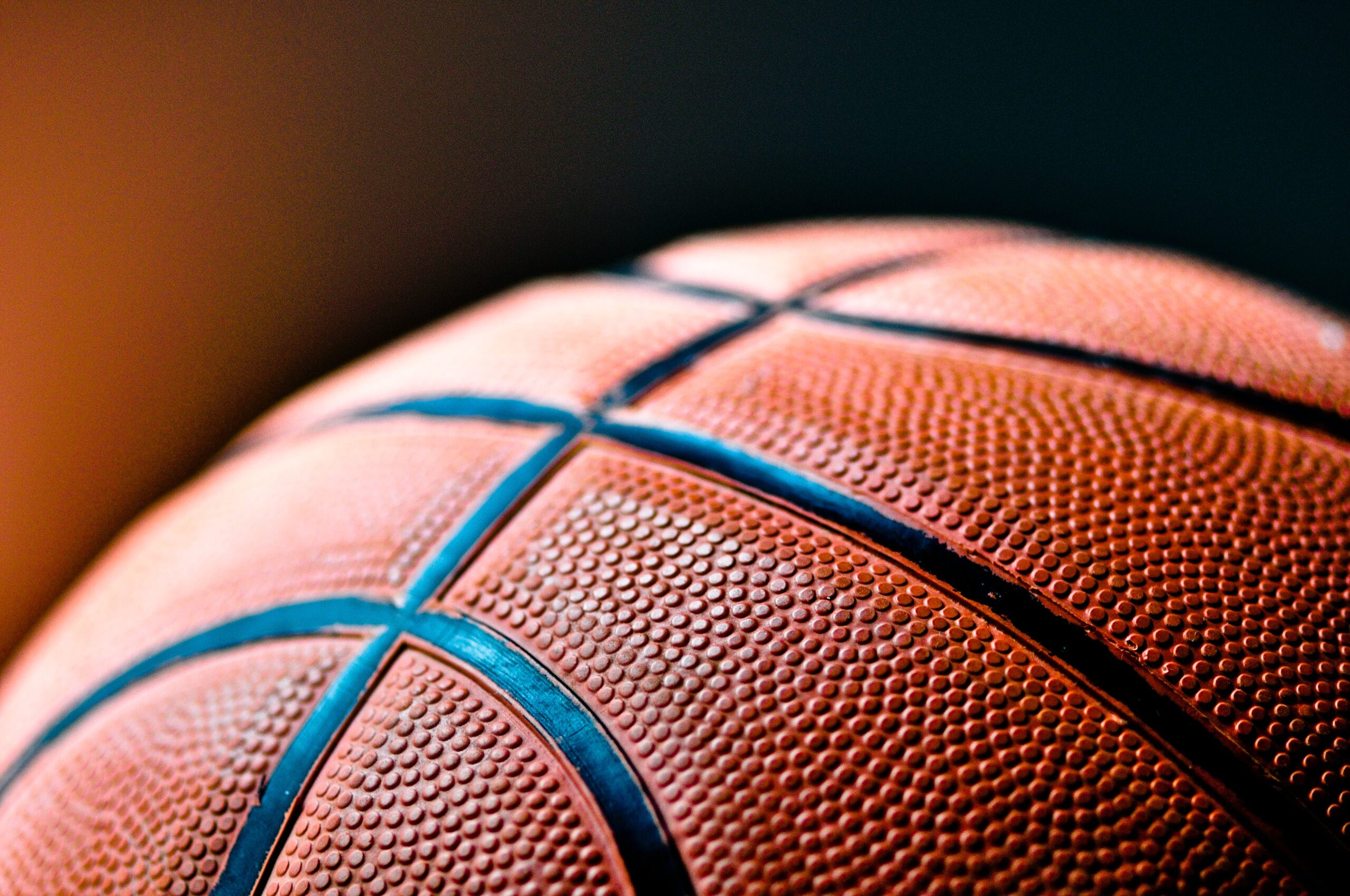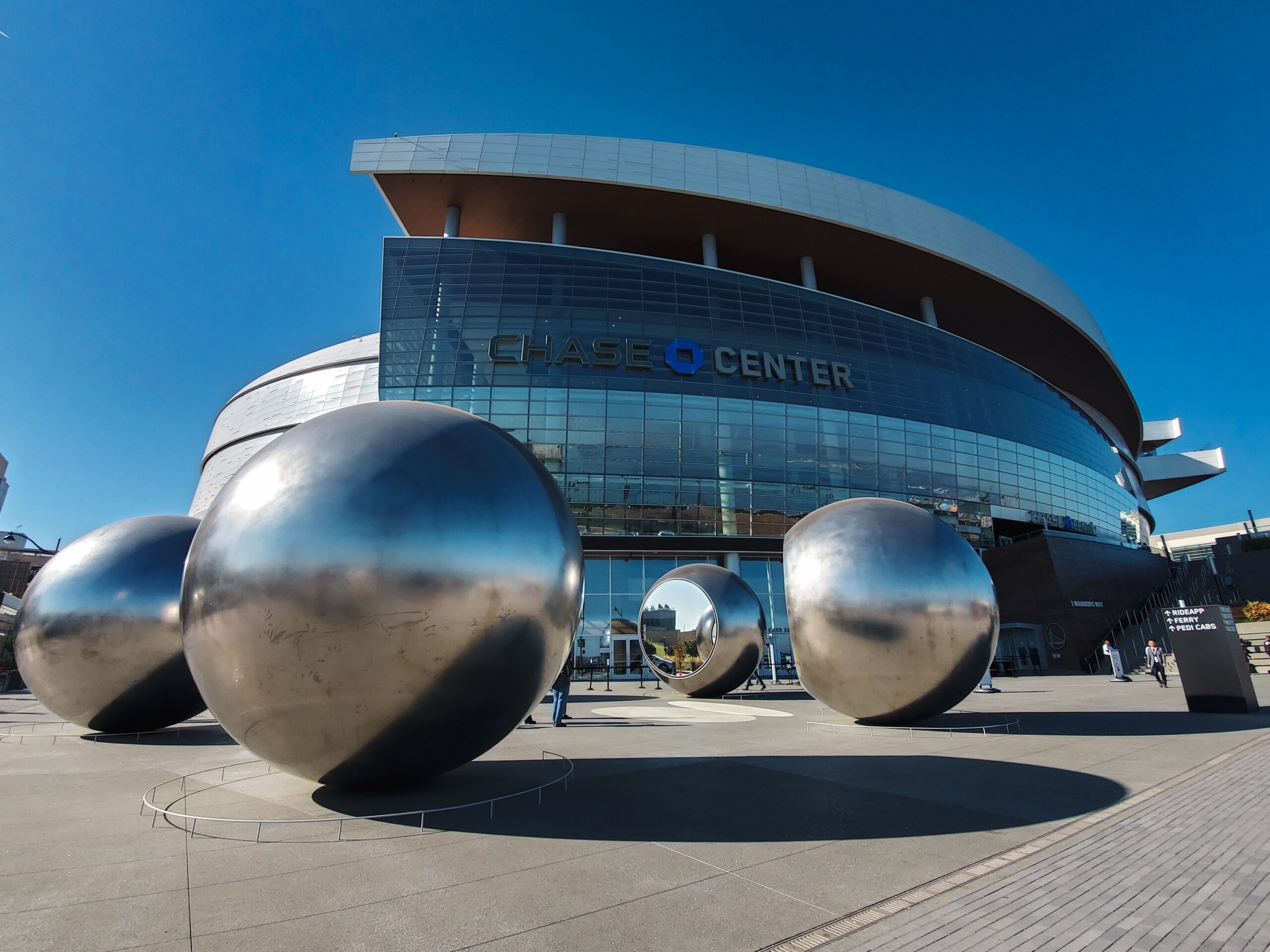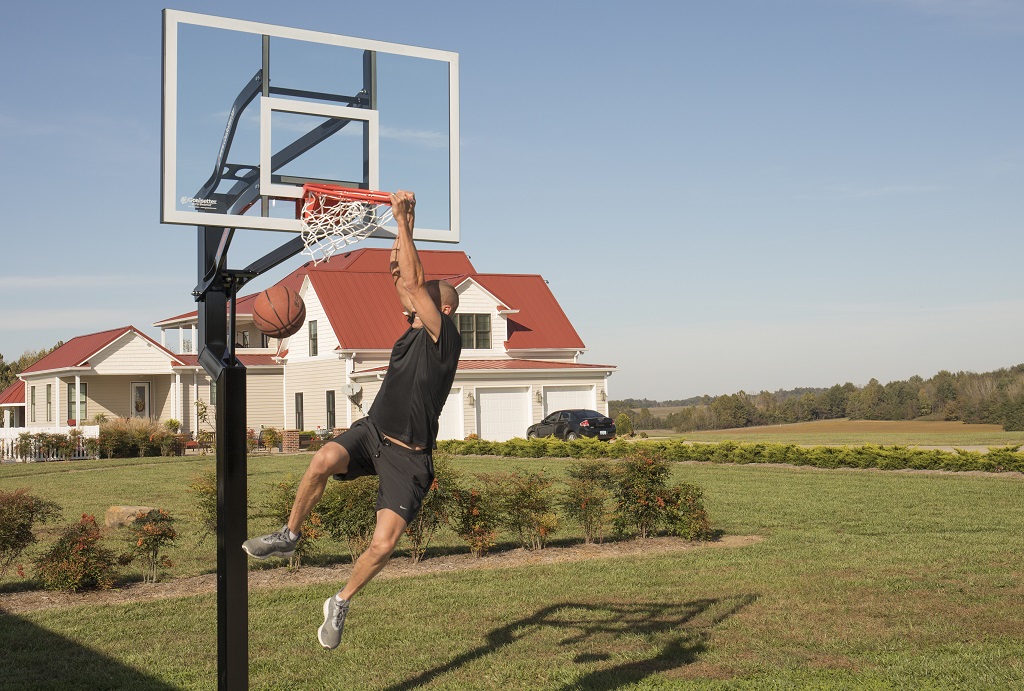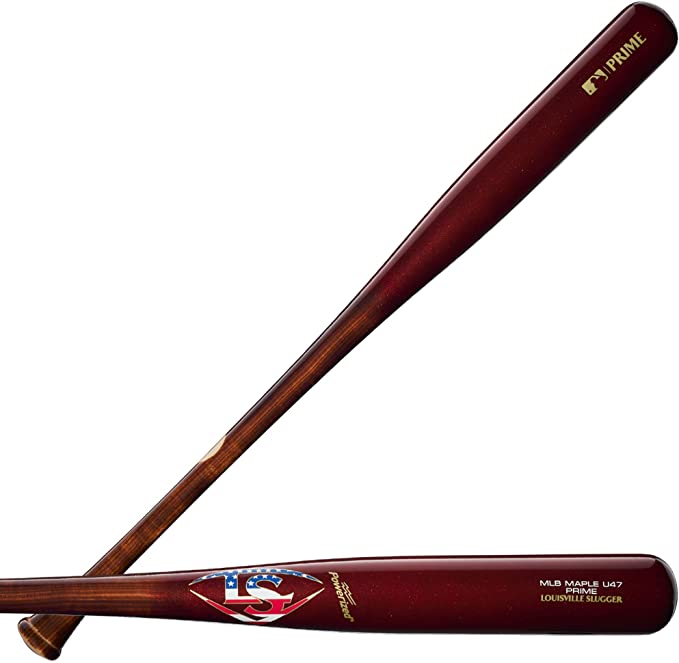For many people, pitching in baseball is merely one of the most difficult tasks in all sports. However, this game has so many nuances that it’s often hard to precisely understand what goes into throwing a pitch for a strike at its maximum velocity and with pinpoint precision.
Pitching in baseball is a collective term for several different pitches that a pitcher throws intending to get the ball into the strike zone or as close as possible without hitting it.
This article will guide you through the basics of pitching it and different types and provide some tips to make your pitching more successful.
What is Pitching in Baseball?
If you look at any Major League Baseball game today, you’re going to see a lot of pitches being thrown. Some batters step up to the plate expecting more than just one chance at hitting that fastball flying past them from 60 feet away.
So it’s safe to say that pitching in baseball is not only an extremely important part of the game but also quite an exhausting endeavor for all players. More importantly, pitching is a constant battle of strategy.
Pitching in baseball is the act of throwing the ball with speed and accuracy toward home plate to get a strike. It includes propelling the ball across the plate (the strike zone) to put out a batter, prevent base runners from advancing, or be an aid to fielders.
The pitcher stands on the pitcher’s mound, located at one of the four corners of the infield. The pitcher throws pitches from this position with motions that are either natural or learned through experience. The power of fastballs comes from their velocity, not just strength or spin on their trajectory.
What are the different types of Pitching?
Pitching is a key component for any baseball team. A pitcher’s goal is to prevent the offense from scoring runs by throwing a ball that batters can’t hit and which gets thrown over the home plate a certain number of feet away from the center of the batter’s position.
To do this, pitchers have some special tools at their disposal, the most important of which is the pitch. A pitch is any ball thrown by a pitcher that crosses home plate during their windup or stretch, without the benefit of bouncing before reaching the plate.
From the time a pitcher picks up a baseball until he throws it, his goal is to deliver this “pitch” on target so that the batter cannot hit it with his bat.
Pitchers have different types of pitches that they can throw to keep the batter guessing:
1) Four-seam fastball – a fastball with four seams spinning as it goes through the air.
2) Two-seam fastball – Commonly referred to as a Sinker. Moves down and may run in on a right-handed batter depending on the release. This pitch pushes the pitcher’s arm side and down. The 2-seamer, sometimes known as a sinker, is a fastball held differently from the 4-seamer. It’s held together by the seams rather than by the edges.
3) Cutter / Cut fastball – a type of fastball that breaks towards the pitcher’s glove side. It resembles a cement mixer slider when held in hand. Because there is no red dot in the middle of the baseball, it might be challenging to pick up the rotation early with a spin that is looser than a slider.
It breaks away from a right-handed hitter approaching the plate: a slider and a fastball in one. A fastball is faster than a slider but has more movement than a slider. The action is similar to that of the slider, except there is less movement. It also has a higher velocity than the slider (5-8 mph slower than 4-seamer).
4) Slider – a breaking ball pitch usually thrown with 1-2 seams. The difference between a cutter and a slider is velocity. With depth, this pitch slips at an angle towards the pitcher’s glove side.
Breaks down an RHH and moves away from it. It’s a toss-up between a fastball and a curve. The 4-seam fastball usually is 9-12 mph slower. To identify the slider, look for a tight spin with a red dot (seams converging and spinning).
5) Curveball – A 12-6 curveball is the most common name for this pitch. The 12-6 refers to the movement from top to bottom (picture a clock with hands at 12 and 6). The ball will appear to have a hump coming out of the pitcher’s hand because the spin is straight over the top and has downward movement with 11 to 7 breaks, making it look like a rainbow when thrown correctly.
6) Slurve – When viewed from a clock, its break angle is more of a 10-4 or 11-5 when pitched by a right-hander. A curve has more lateral mobility than a curve. The slider speed is closer to the curveball speed than the curveball speed. Slurves are far more prevalent than real curveballs.
7) Changeup – a pitch thrown slower than fastball to confuse the batter, making it harder for them to hit well. Slower than a fastball, yet with the same arm action as a fastball. Some pitchers may throw a change-up with some depth, while others will simply float it in there and rely on the change in speed and comparable spin for success.
8) Palmball – a changeup with no rotation, thrown by gripping the ball between your palm and throwing it. The ball is securely grasped in the palm. This pitch is slower than a fastball and is thrown with the same arm action as a changeup.
Thrown with no rotation makes it harder to control and very unpredictable. It’s a pitch type used only by a few players because of the difficulty of accurately throwing and controlling it.
9) Split Finger – a pitch similar to a changeup that breaks but is more complex with velocity. The baseball has a falling down movement that can be seen coming out of the pitcher’s hand. The baseball begins in the strike zone and sinks into the ground. This pitch has a lot of late down movement, so it’s best to avoid it. It is almost seldom thrown for a strike.
10) Knuckle Ball – thrown with minimal spin, so it doesn’t move much as it approaches the plate. It’s known for being difficult to control but having a lot of movement. With nearly no rotation, the ball enters the zone. This causes the ball to flutter and move in unpredictable ways, making the pitch difficult to smash and catch. Almost every pitch uses this pitch, which is usually thrown quite slowly.
How do you pitch a baseball?
To pitch a baseball involves complex motions and coordination, but it is quite simple. There are two types of pitching that you can do, the stretch or the windup.
- The stretch is used when there are runners on base because it allows you to throw more accurately. When using this type of pitching, you place your foot about six inches in front of the rubber. This is also referred to as the first step, which starts your pitching motion.
- To throw a pitch, you will bring it up behind your head and throw it toward the plate, but before you let go of the ball, move your arm down into a cocked position so that you can follow through on your throwing hand.
- You want to aim for the catcher’s chest when throwing a pitch.
- The windup is used when there aren’t any runners on base to give you more power in your pitches. This type of pitching is very similar to the stretch, with just a few adjustments. In this style, you start your pitching motion by placing your foot on the far side of the rubber. This is also known as your release point, which starts your pitching motion.
- When throwing a pitch, you need to move your arm down behind your head in one smooth movement, but it needs to become fully cocked before letting go of the ball.
- Your goal when throwing a pitch with this technique is to aim for the catcher’s outside arm.
What is a Pitching staff?
A pitching staff is a subset of a pitching staff. Every member of a team should perform a part. A pitching staff is the group of players on a baseball team called pitchers. They pitch the balls to opposing batters during games.
Most teams have five or more pitchers on their staff, including starters and relief pitchers. There are many different pitches that you can throw when you pitch. These include curveballs, sliders, changeups, knuckleballs, and many more.
The type of pitch that you throw is determined by what your team needs. If they need a breaking ball, for example, you should focus on becoming accurate with your curveball so that you can start throwing it as soon as possible. The most crucial aspect of roles is a communication from the coaches, which establishes clear expectations.
How long does it take to become a good pitcher?
It takes a lot of hard work and dedication to become a good pitcher, but you can get there with enough time. The more pitches you throw, the better you should become at them.
You can’t just train for one day and expect to be an ace the next; it doesn’t work like that. Most pro players take four or five years to master the pitch they are using. If you are practicing five days a week, it should take about two years to become an expert at your pitch.
However, if time is not on your side and you need to get better fast, you could always join a travel team or another league where you’d be getting live pitching regularly.
What type of pitch is the most important to learn how to throw?
The two most essential pitches for any pitcher to know how to throw are a fastball and a curveball. The fastball is used mainly to get an opposing batter out or strike them out. It can also be thrown through the air, but it is more commonly thrown on a bounce.
The curveball is very important because it can fool batters, and you could use this to get them out or strike them out as well. In pitching, even though there is no “law” limiting the length of a new company pitch, decades of research backs up the 18-minute norm. Keep your presentation to 18 minutes or less, and let your audience determine how far they want to go.
Does good pitching beat good hitting?
For decades, the saying “good pitching beats good hitting” has been around. And while it’s true, it isn’t always the case in baseball. It is usually good to have good pitching and solid batting when playing baseball.
You can also use different strategies to help your team win besides having good batters or pitchers. For example, you could have good fielders catching the ball and throwing it quickly or getting hits when your batters are up to bat.
How many pitches do pitchers throw?
Even at the game’s highest levels, most pitchers only throw three good pitches. They usually throw a fastball, a changeup, and a curveball. The fastball is considered the pitcher’s best pitch because it can be thrown at speeds up to 100 MPH, and it can be tough for batters to hit.
A changeup is used mainly for throwing off-speed pitches and fooling hitters, and finally, the curveball is thrown to confuse the batter.
Does every pitcher have a fastball?
The pitch list may appear overwhelming, but keep in mind that each pitcher only uses a subset of these pitches. A fastball will be the most straightforward pitch for any pitcher to throw, and it is generally the first pitch every pitcher learns. A changeup and curveball can also be easy to master, but some more advanced pitches like a slider or knuckleball can take years to perfect.
